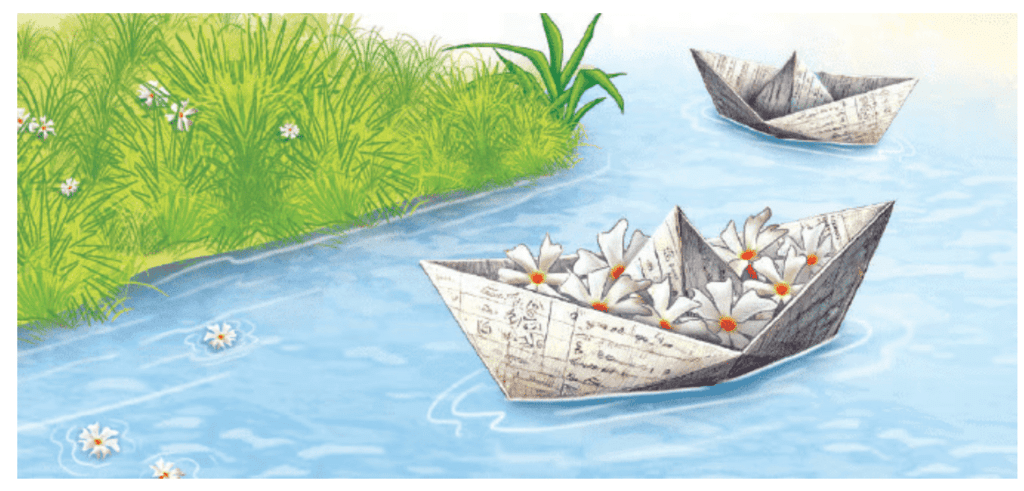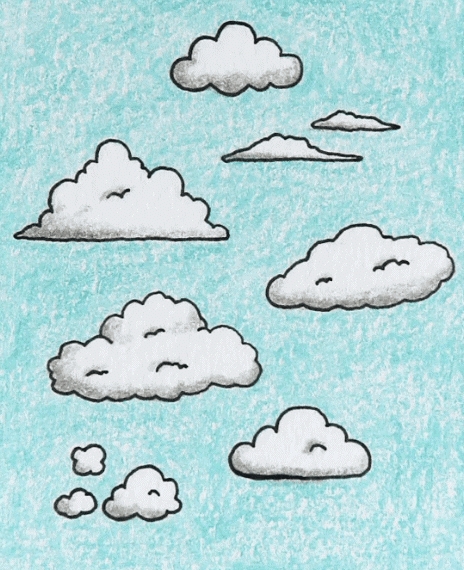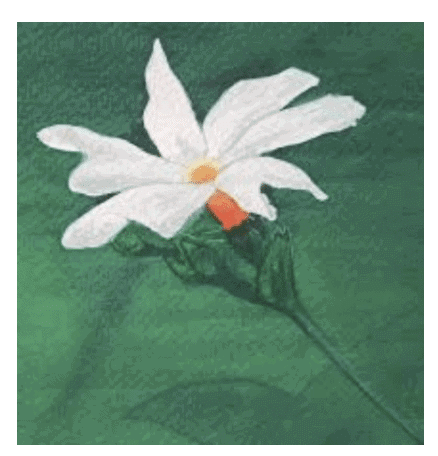Short Answer Questions
Q1: What does the child do with their paper boats every day?
Ans: Every day, the child floats paper boats one by one down a running stream. This simple, joyful routine is a cherished part of their daily life, like a special ritual. The act of sending boats down the stream shows the child’s love for play and their excitement about where the boats might travel, sparking their sense of adventure.

Q2: Why does the child write their name and village on the boats?
Ans: The child writes their name and village in big black letters on the boats, hoping someone in a faraway “strange land” will find them and know who they are. This act is like sending a message, showing their curiosity about the world and desire to connect with others, making the boats a personal way to reach out.
Q3: What does the child put in the paper boats?
Ans: The child places shiuli flowers from the garden into the paper boats. These tiny, sweet-smelling flowers that bloom early in the morning are special, representing beauty and innocence. The child wishes that the stream will take the flowers safely to a distant place by night, spreading happiness to someone far away.
Q4: How does the child imagine the clouds in the sky?
Ans: The child imagines the clouds in the sky as little boats with “white bulging sails,” racing with their paper boats. They think an unseen “playmate” in the sky sends these clouds to join in a playful game, making the activity feel like a magical adventure connecting their boats with nature’s beauty.

Q5: What does the child dream about at night?
Ans: At night, the child dreams that their paper boats float on under the midnight stars, sailed by “fairies of sleep” carrying baskets full of dreams. This magical vision blends their real boats with a fantasy world, suggesting their hopes and imagination continue to travel, bringing wonder even in their sleep.
Long Answer Questions
Q1: How does the child’s act of floating paper boats reflect their sense of adventure and hope?
Ans: The child’s habit of floating paper boats down the stream shows their adventurous spirit and hopeful heart. What seems like a simple game becomes a magical journey for the child. Each day, they carefully send off the boats, excited to imagine where the stream might take them. Writing their name and village on the boats shows their wish for someone in a faraway land to find them and feel a connection. By placing shiuli flowers inside, the child adds beauty and care, hoping these will reach someone and bring joy. The stream becomes a symbol of endless possibilities, carrying the child’s dreams into the unknown. Even at night, the child imagines the boats sailing under the stars, guided by fairies, showing how strong their hope and imagination are. This act shows that even small actions, like floating a paper boat, can hold big dreams, a deep sense of wonder, and a wish to connect with the wider world.
Q2: Why is the child’s use of shiuli flowers in the paper boats significant in the poem?
Ans: The child’s use of shiuli flowers in the paper boats is meaningful because it turns a simple game into a thoughtful and caring gesture. These flowers, small and sweet-smelling, bloom early in the morning and stand for beauty, freshness, and purity. By placing them gently in the boats, the child shows love and hope that someone far away might receive them. The flowers make the boats feel special, like little gifts from nature. This small act shows the child’s wish to share something beautiful and connect with others, even if they’ve never met. In the gentle, dreamy mood of the poem, the shiuli flowers add a feeling of kindness and wonder, reminding us that even simple actions can carry big hopes and dreams.

Q3: How does the child’s imagination connect their paper boats to the clouds in the sky?
Ans: The child’s imagination links their paper boats to the clouds by turning a simple game into a magical adventure between the earth and the sky. As they float the boats down the stream, they look up and see small white clouds with bulging shapes, which they imagine are boats sailing through the air. These clouds become like friendly companions, sent by a hidden playmate in the sky to join their boats in a cheerful race. This playful idea makes the clouds feel like part of the child’s game, connecting the stream below with the sky above. By imagining the clouds as boats with sails, the child adds a dreamy, fun feeling to the scene. This shows how their imagination helps them find beauty and excitement in everyday moments. It also fits with the poem’s message that even small actions, like floating paper boats, can feel magical when seen through the eyes of wonder and creativity.
Q4: What role do the child’s dreams play in the poem’s message about hope and connection?
Ans: The child’s dreams in the final stanza highlight the poem’s message of hope and connection by showing how their simple paper boats take on a magical life of their own. As night comes, the child falls asleep and dreams that the boats keep floating under the stars, now sailed by “fairies of sleep” who carry baskets full of dreams. This dream turns the boats into messengers of imagination, spreading joy and wonder far beyond the stream. The fairies and their dream-baskets show that the child’s hopes continue even in sleep, suggesting that their small act of floating boats can reach others in special, unseen ways. This mix of reality and fantasy shows the child’s deep belief that their boats matter, even if they don’t see where they go. It supports the poem’s message that imagination and small actions can have a big, lasting impact, encouraging readers to value their dreams and the power of simple, hopeful gestures.
Q5: What lessons about childhood imagination can we learn from the child’s actions in the poem?
Ans: The child’s actions in the poem show how powerful childhood imagination can be in finding happiness, building connections, and spreading hope through simple things. By sending paper boats down a stream each day, the child turns a small activity into an exciting adventure, writing their name and village in hopes that someone far away might see it. Adding shiuli flowers to the boats shows their wish to share something beautiful. When the child sees clouds in the sky as boats with “white bulging sails,” they imagine a fun race with a hidden friend above, blending nature with play. At night, the child dreams that fairies are sailing the boats under the stars, carrying dreams to far-off places. These small, thoughtful actions show the wonder and curiosity of childhood, where even tiny boats carry big hopes. The poem reminds us to keep that childlike spirit alive — finding joy in simple moments, using our imagination, and believing that our small efforts can bring people together and make a difference.

























